
FUMOTO

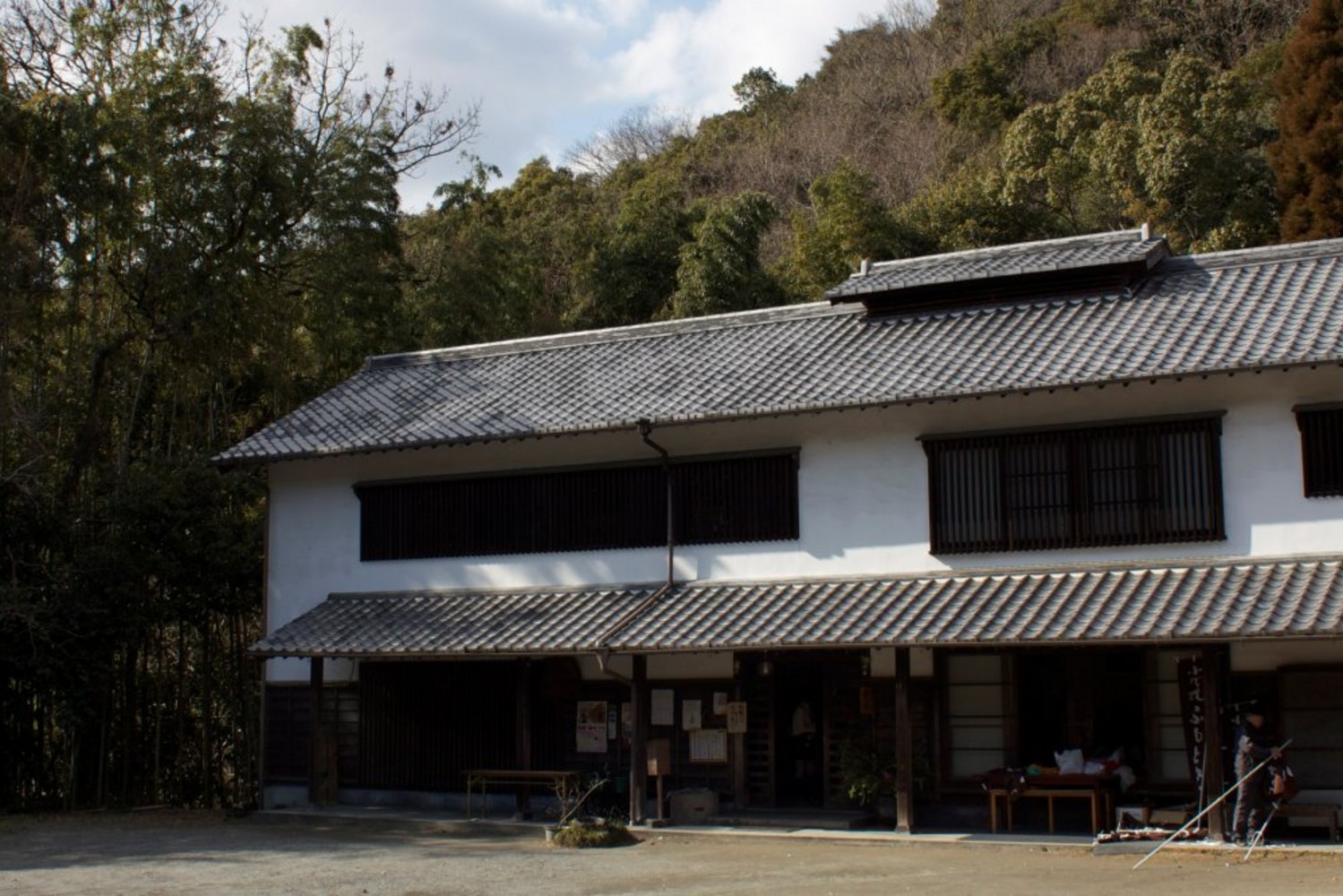
As the official kiln of Kiyomasa Kato, the first lord of the Kumamoto domain in Higo Province, a military commander who was active from the Azuchi-Momoyama period to the early Edo period (late 1500s to early 1600s), the kiln was built by Korean potter Shinkuro Izuchi, Furuhata, Fumoto, Arao City, Kumamoto Prefecture. The Furuhata kiln, which was opened in In 2003, it was designated as a national traditional craft for the first time in Kumamoto.
Ojiroyama has a layer of high-quality pottery clay.
The Fumoto kiln was built in 1963. Mr.Taishu INOUE built a kiln on that land.
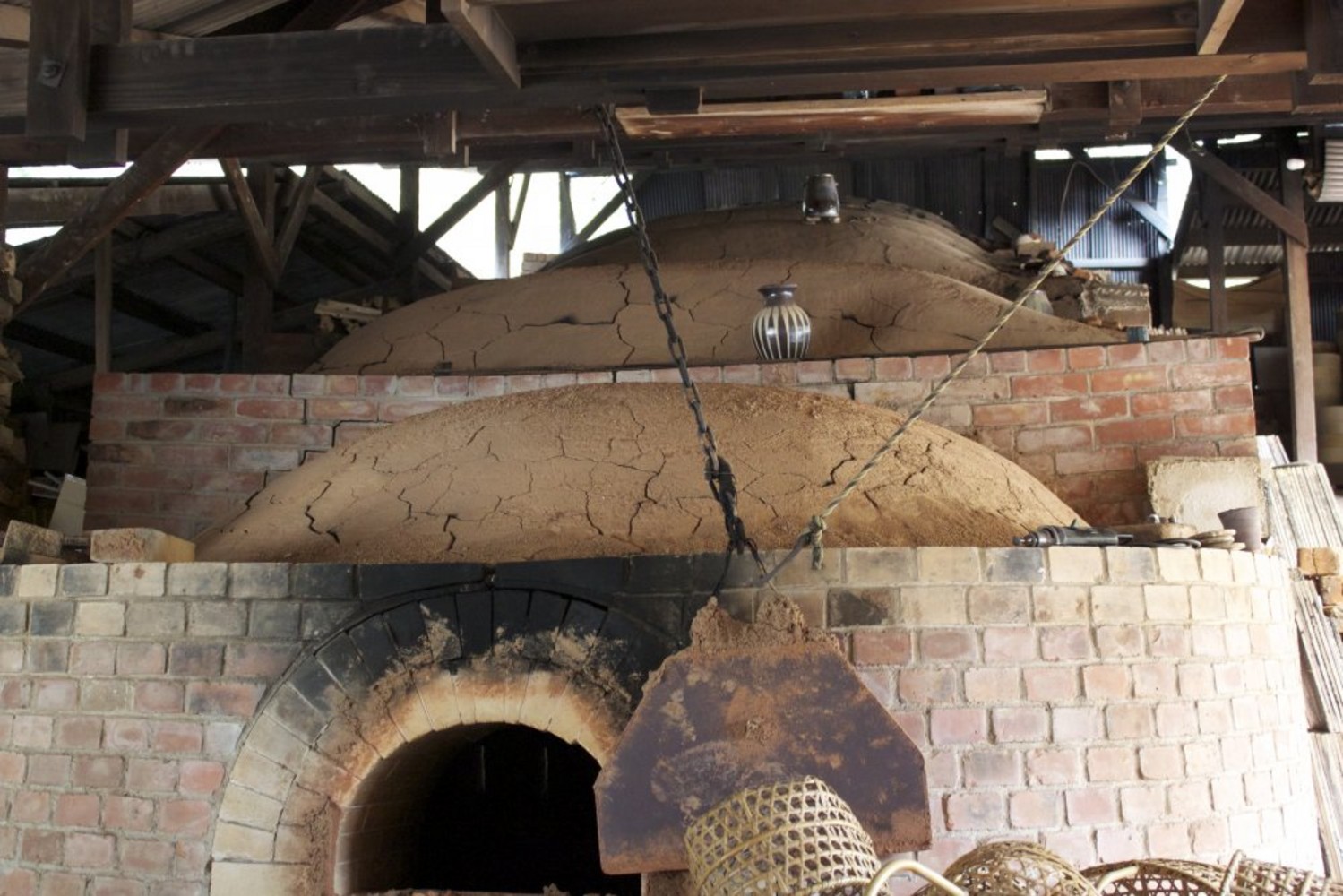
Fumoto Kiln owns a 6-bag climbing kiln, which is one of the largest among the existing Shodai-yaki kilns. Currently, in addition to Taishu INOUE, the director of the Kumamoto Folk Crafts Museum and the owner of the kiln, there are 3 other potters, including his son Naoyuki.
We visited the Fumoto kiln at the time of its first opening at the beginning of the year. A large number of bamboo baskets were piled up to hold the pottery taken out of the kiln, and the potters were busy checking each pottery and sanding them one by one. At Fumoto Kiln, when the first kiln opens at the beginning of the year, many banners are erected around the kiln, and many people welcome them. It is said that there were over 4,000 people at one time, so you can imagine how many people have loved the Fumoto kiln for many years, and are looking forward to seeing the finished products.
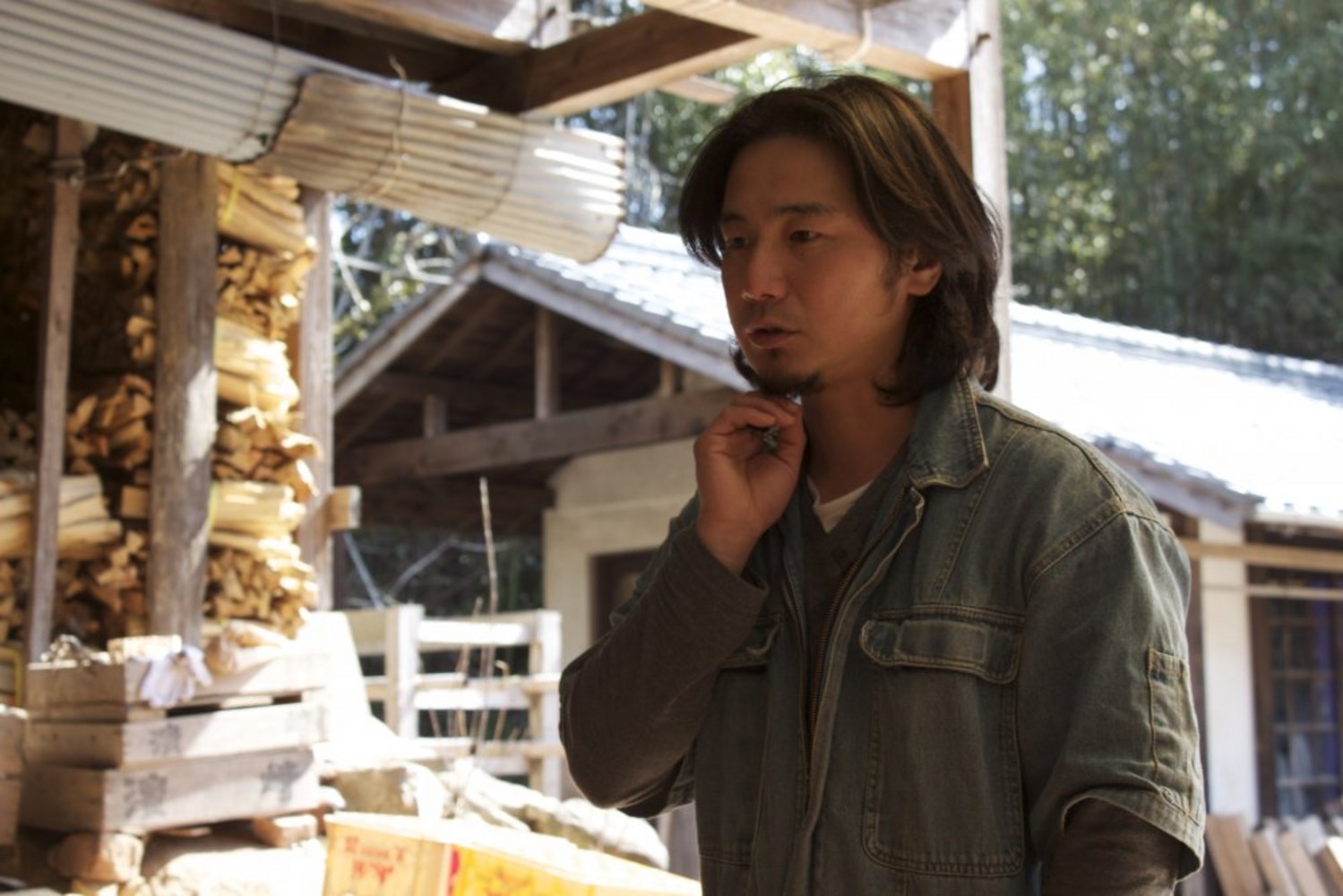
Mr.Taishu INOUE is the owner of Fumoto Kiln. In the area where the fumoto kiln is located, it is a famous pottery that even the general public who has nothing to do with pottery knows about. It is customary to give Taishu's teacups and plates as gifts, and everyone seems to be aiming for beautiful pottery with his sign as "Shodai Tai'' engraved on the bottom of the items. The items made by Mr.Taishu INOUE are made using the traditional Shodai ware glaze and technique, but the strength and beauty of the sharp shapes are overwhelming. This is a pottery that you should definitely pick up and take a look at when you visit Fumoto Kiln.
Taishu's son, Naoyuki INOUE, studied under Mr. Tetsuzo Ota of Koishiwara ware, and his work focuses on pottery called slipware, which has spread mainly in Europe. By the way,Slipware is a general term for pottery made using a fluid clay called slip, with patterns drawn on it using a dropper, etc., and then fired at low heat. Naoyuki's pottery is made using the slip technique, using a climbing kiln rather than a low-fired kiln, at temperatures of 1200-1300 degrees to suit Japan's modern lifestyle. In the beginning, there were some people who said that slipware was fine because it was made with low heat, but as the slipware that Naoyuki continues to make became recognized, no one said such things anymore.
When you visit his workshop, Mr. Naoyuki greets you with a loud voice and a smile like the sun. When it comes to making pottery, he says,"I want to betray people's expectations in a good way," and even though he was born in a region that produces traditional Shodai ware kilns, he continues to make slipware pottery. Currently, the Fumoto kiln is fired six or seven times a year. When looking at the pottery coming out of the kiln, Mr. Naoyuki says, "There's nothing new. It's a repetitive job." However, you can see that the shape of the vessel is changing little by little. You can feel the desire to make things better from the way they are being improved. Looking at the failed vessel, Naoyuki says,"It's my fault. I'm greedy." He creates "beautiful practical objects that go beyond artificiality" in the form of folk crafts. Of course, in addition to slipware, the kiln also produces traditional Shodai pottery. There is a sales office next to the workshop run by Naoyuki's sister, so why not stop by if you're in the area?
Terms & Conditions
Newsletter
Sign up for our newsletter:
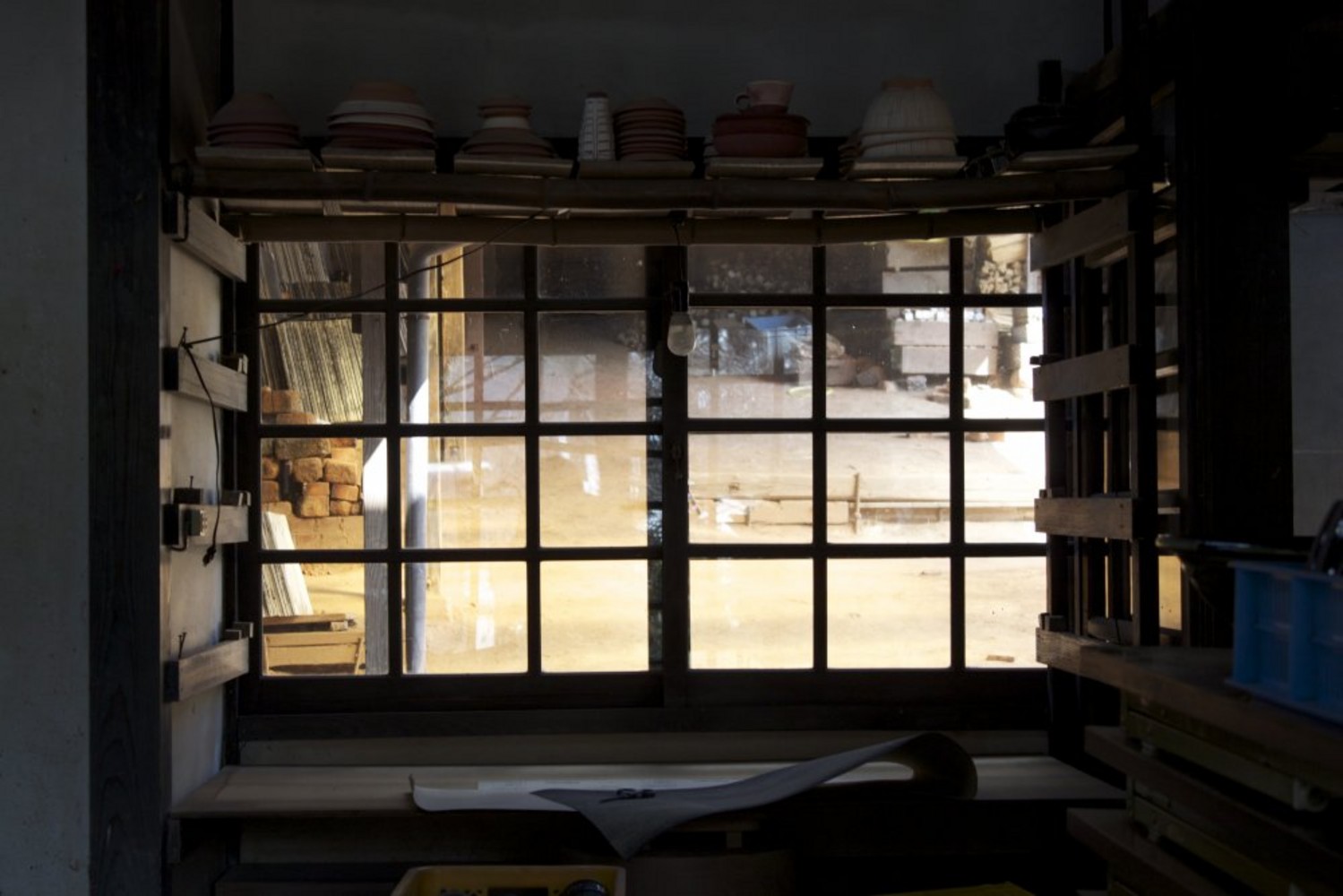
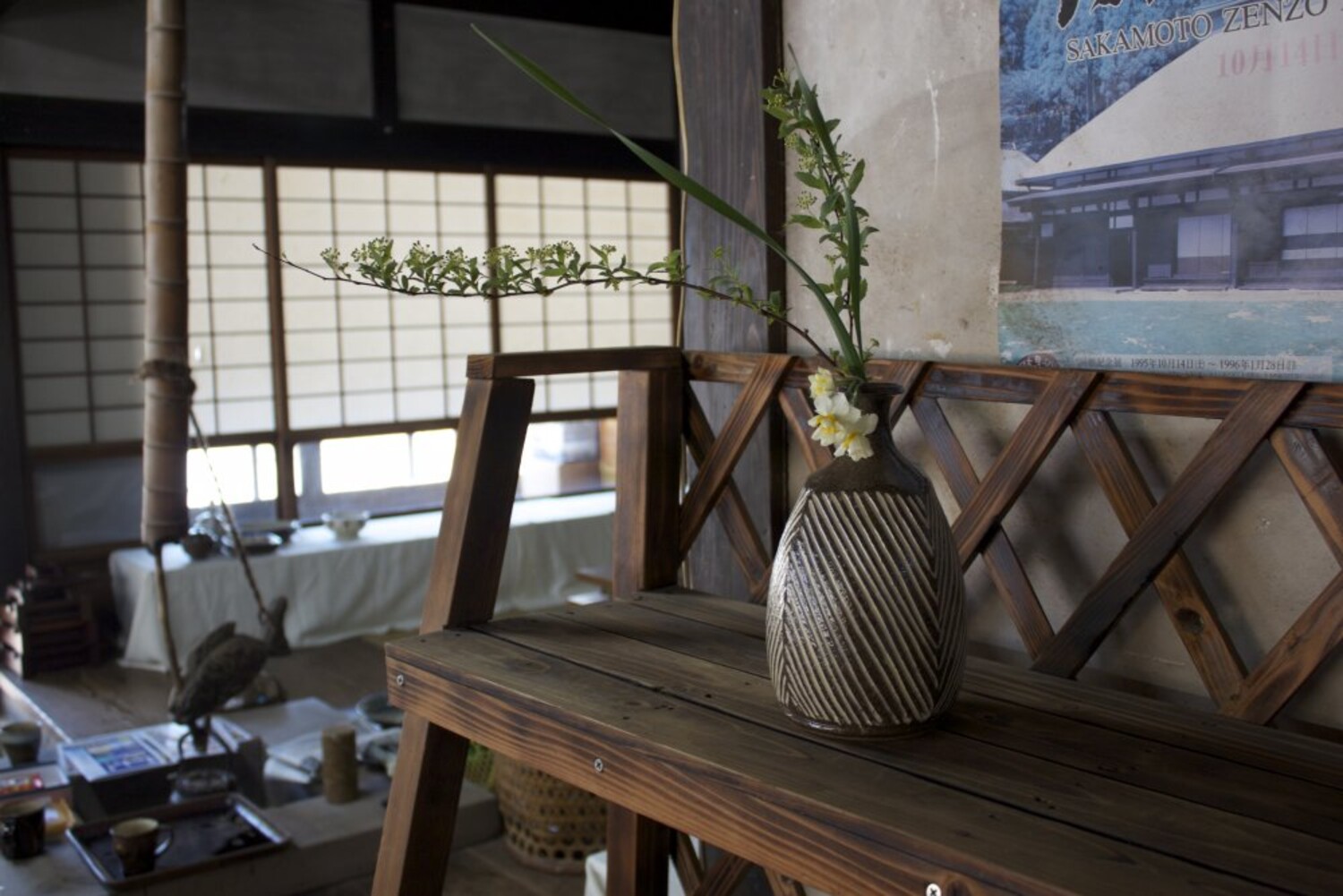
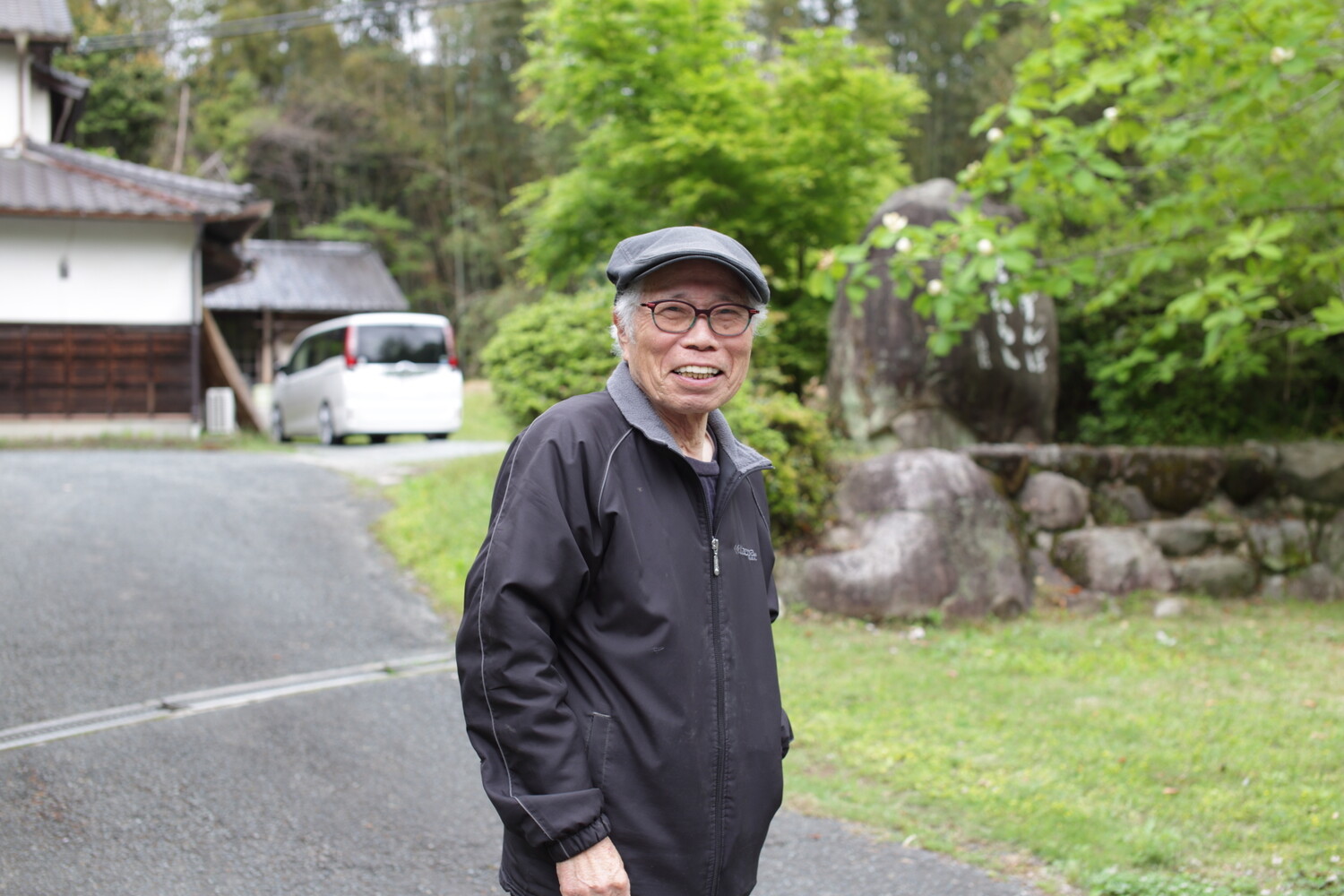
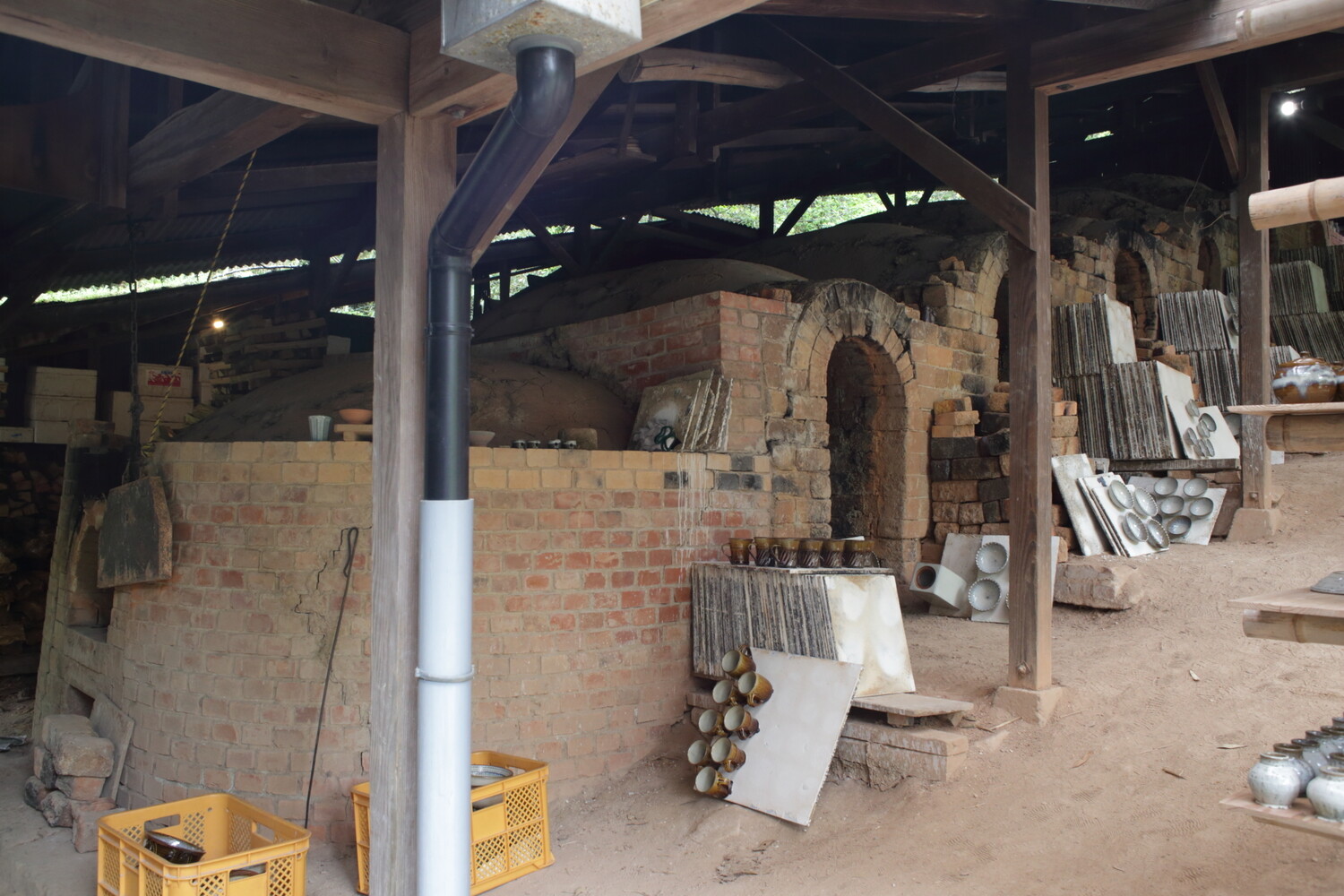
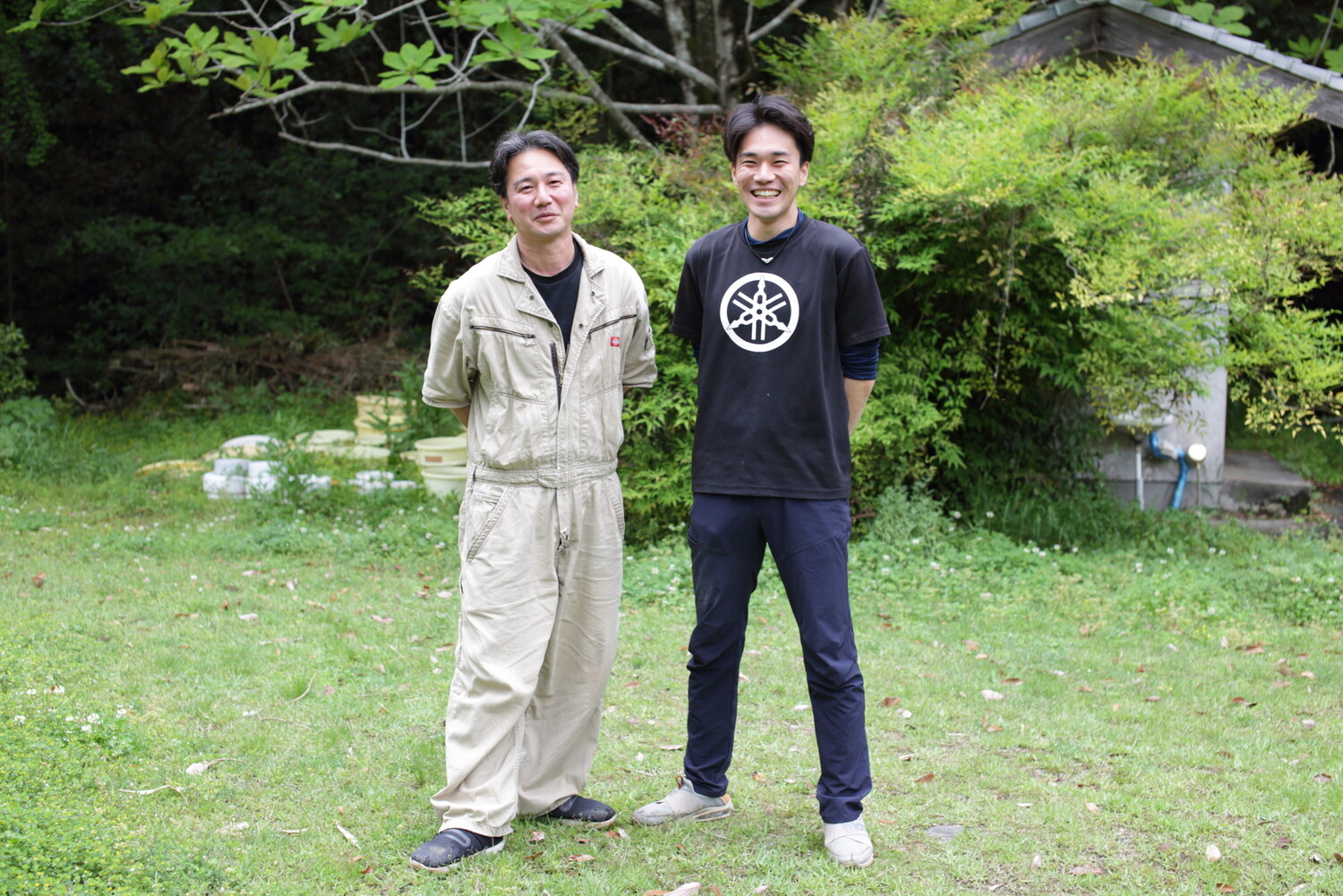
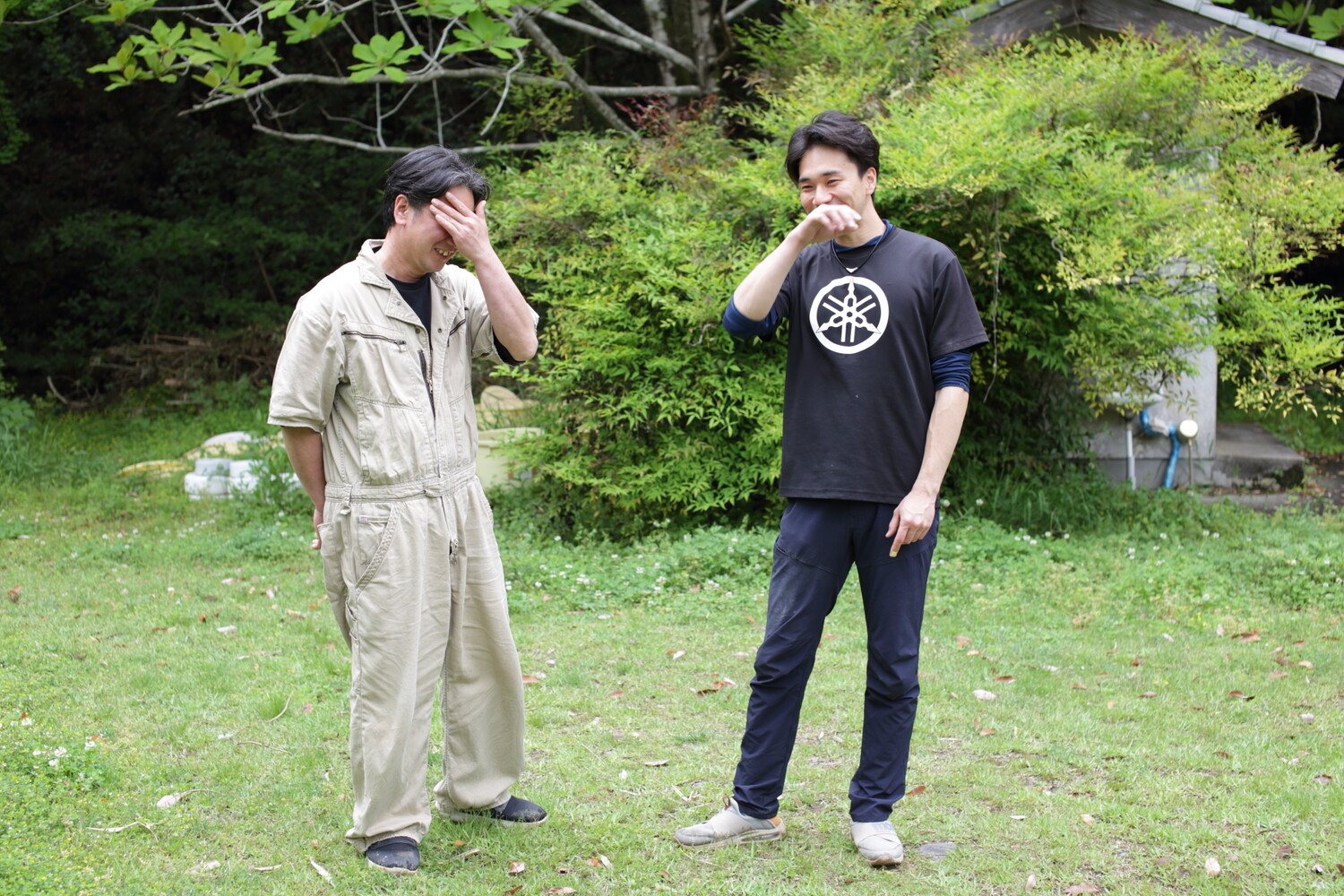
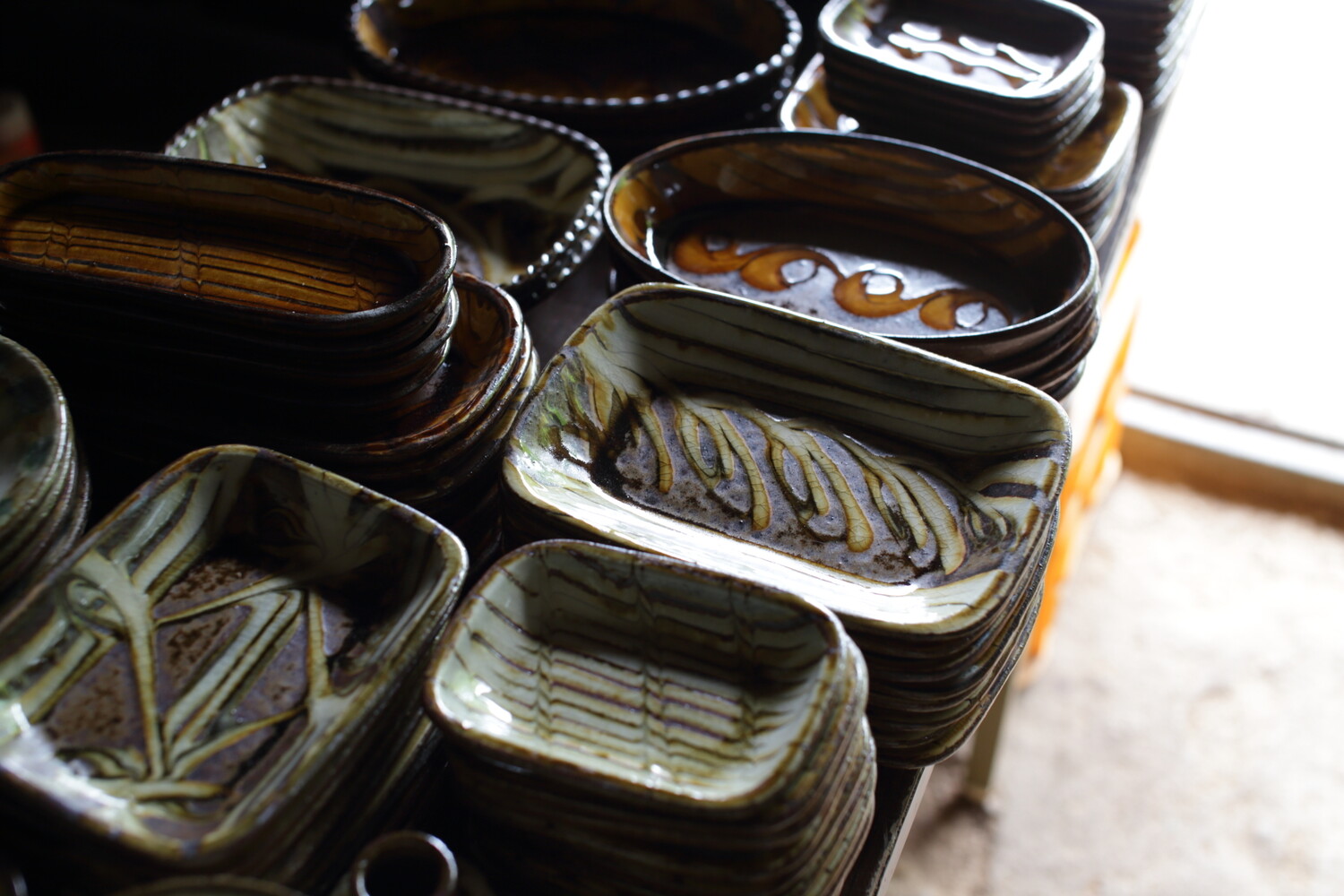
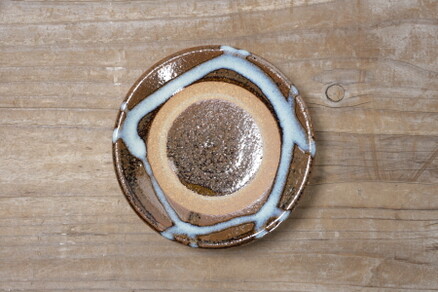
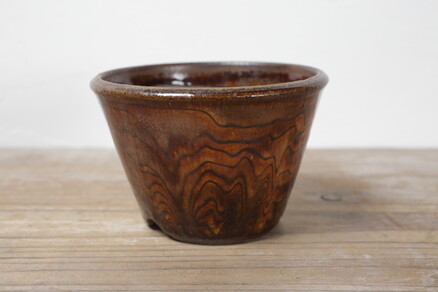
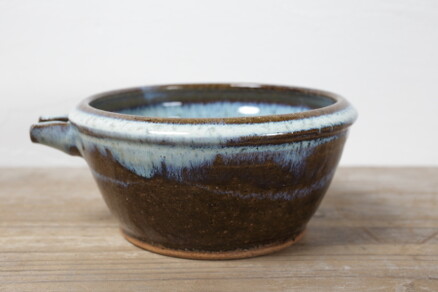
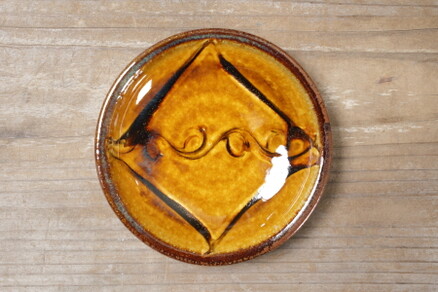
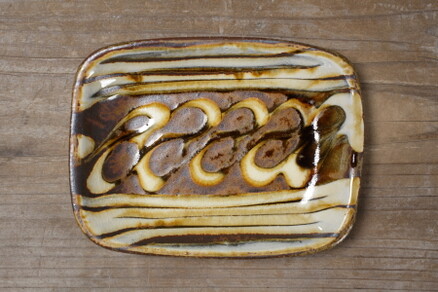
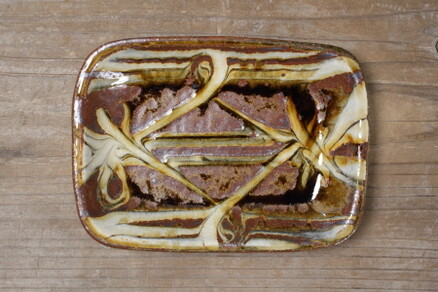
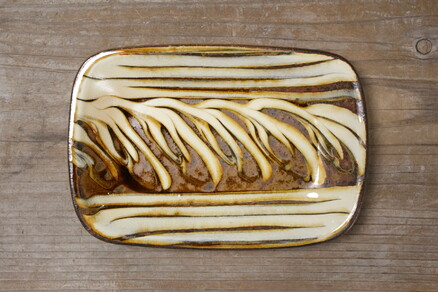
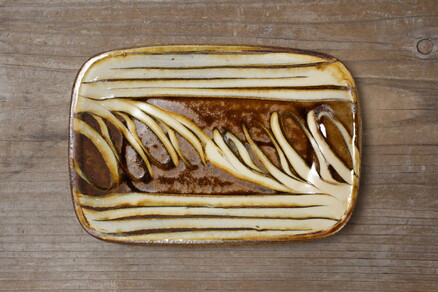
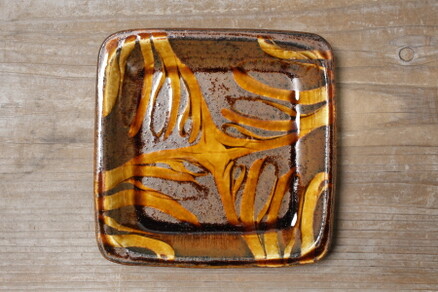
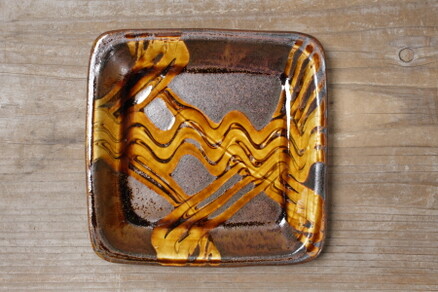
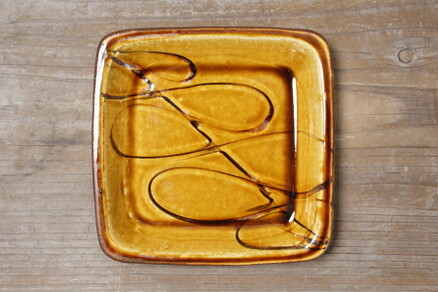
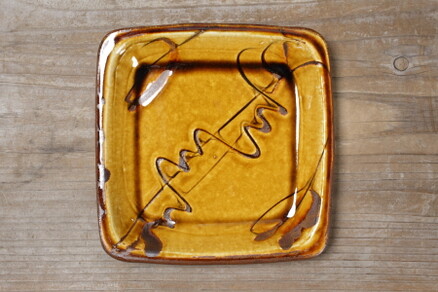
Biography